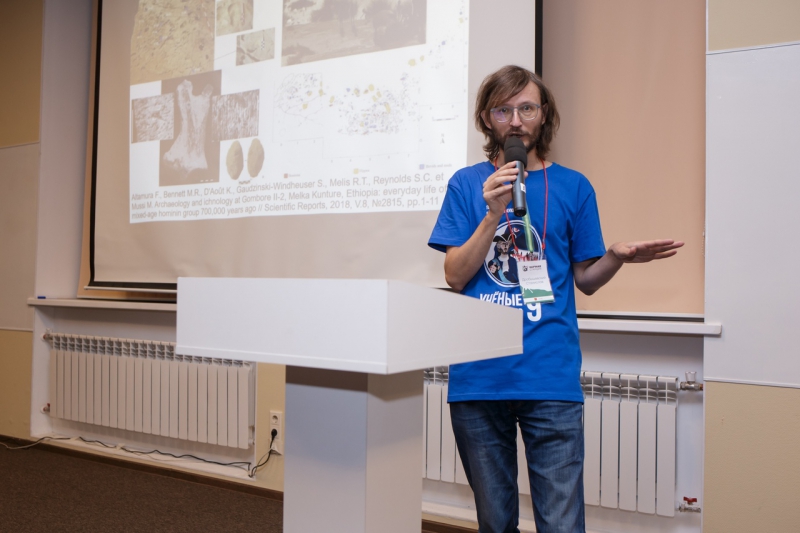Propotto leakeyi, an extinct relative of the aye-aye, Kenya, 18-20 million years ago
Among the biggest discoveries of the past year is Propotto leakeyi, an extinct primate from Kenya, which was long classified as a fruit-eating bat. In 2018 though, researchers proved that this was, in fact, a primate, an extinct relative of the aye-aye.
Gibbon Junzi imperialis from an Ancient Chinese noblewoman’s tomb, China, 240 BC
In 2018, an international research group of archaeologists found a new species of extinct gibbon called Junzi imperialis, when looking through the contents of an ancient Chinese tomb. It appears that the old lady was very fond of the ape, and they were buried together. Today, there are no gibbons in this area; the species’ extinction was caused by deforestation. The discovery indicates that China’s biodiversity has decreased dramatically over the last 2,000 years.
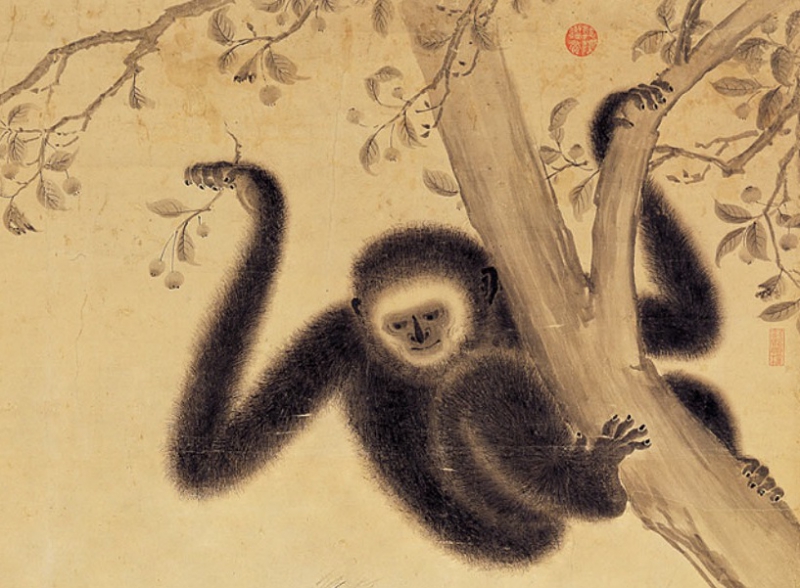
Panda 100 chimpanzee site, Ivory Coast, 2182-4966 years ago
Archaeologists have recently found a site in Africa where chimpanzees made their stone tools. The fact that they used stones was known long ago, but this knowledge was derived from observing present-day chimpanzees in their natural habitat. The results of this research prove that chimpanzees didn’t learn to use tools from people, but did it on their own, as they used to in the past.
Australopithecus skeleton Stw 573, South Africa, 3.67 million years ago
Stw 573 is the nickname given to a nearly complete Australopithecus fossil skeleton found in the 1980s in South Africa. Its bones stayed undetected between numerous other mammal bones until 1994, when researchers realized that these were actually Australopithecus’ bones and returned to the cave to unearth the whole skeleton. It took researchers 23 years, from 1994 to December 2017, to excavate the bones, and the entire 2018 to describe it and publish a series of scientific articles with the descriptions of its skull, hands, legs, nose and other parts. According to some research, the skeleton belonged to prometheus, an extinct species of Australopithecus, though other scientists disagree and say that there is no point in making it a separate species. However, they all share the same view that this is the most complete Australopithecus skeleton ever found.
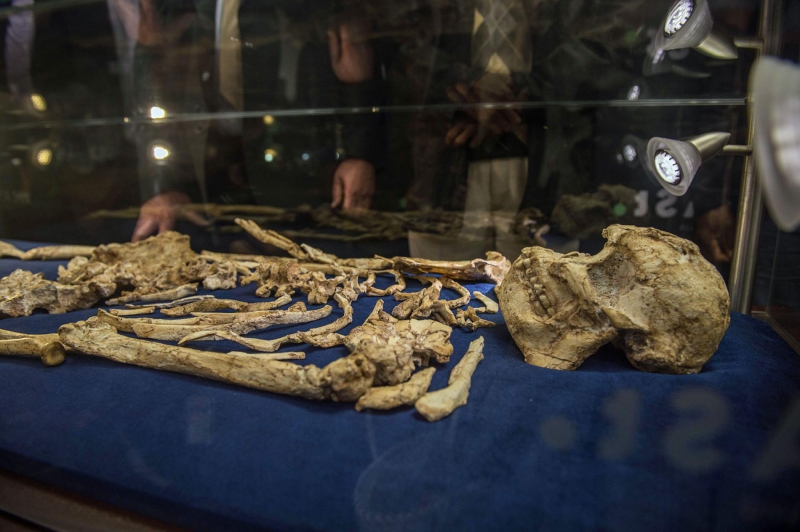
Description of Lucy’s baby’s foot, Dikika, Ethiopia, 3.31-3.35 million years ago
The fossilized skull and other skeletal remains of a three-year-old Australopithecus afarensis female hominid were unearthed quite a long time ago and have been described piece by piece since then. In 2018, researchers described its foot, which is by far the most complete foot of an Australopithecus afarensis. This is the first description of a whole foot. As this is a skeleton of a baby, it’s possible to see some age-related changes. The research indicates that the ape’s anatomical features lied in between those of humans and other apes, showing adaptations both for walking upright on two legs and for climbing and swinging from trees.
Ain Boucherit stone tools, Algeria, 1.92-2.44 million years ago
In 2018, a team of archaeologists uncovered 2.6-million-year-old stone artifacts and bones at the archaeological site of Ain Boucherit in Algeria. The discovery suggests that humans’ ancestors inhabited not only East Africa, but some other territories as well.
Shangchen’s stone tools, China, 2.12 million years ago
The ancient tools were also found on a Northern China plateau, Shangchen. The tools date back 2.12 million years ago, but this information is still to be verified.

New fossil discoveries in Kalinga, Philippines, 709,000 years ago
The Philippines is an archipelago that is separated from the mainland by straits. It is believed that the first people came to the Philippines through Ice Age land bridges. The discovery of tools and fossils in Kalinga site dates back about 709,000 years ago and indicates that already back then, people could swim across the straits.
Fossil footprints at Gombore II-2, Ethiopia, 700,000 years ago
A series of fossilized human footprints were found in Africa together with their tools and animal bones. This is a truly unique discovery as it’s usually either footprints, or tools, or animal bones that archeologists find, but never before all the three of them. What makes this discovery even more special is that the footprints were in an open area, not in a cave.
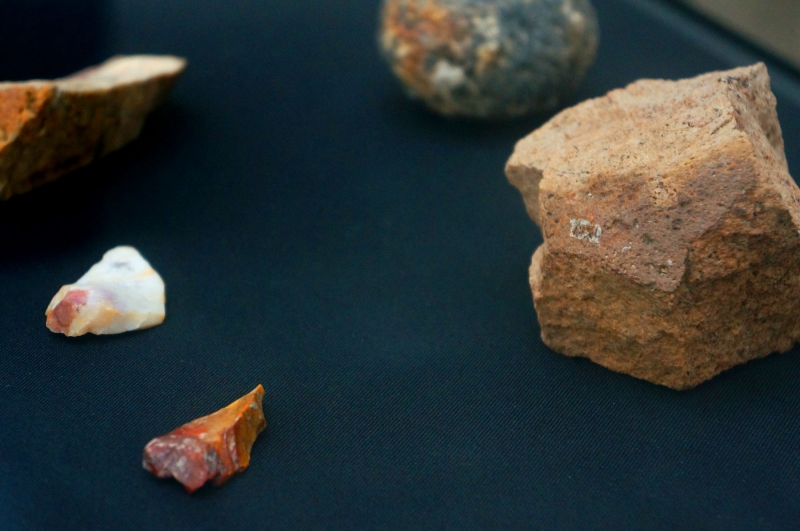
The researchers think that the footprints belonged to both adults and children aged from two to five years and that the kids also took part in carving the bulk. This testifies that once capable of walking, even the smallest children were expected to start contributing to household chores right off the bat. The discovery is practically the only example that spills light on how humans behaved in that era, and not just where they came from spatially.
Nuclear DNA, Sima de los Huesos cave, Atapuerca, Spain, 427,000 years ago
The Sima de los Huesos cave has been in excavation since 1973, returning discovery after discovery with each passing year. 2018 was no exception, as it saw a new research on nuclear DNA sequences that were found in the cave. Only one DNA type, mitochondrial DNA, had been decoded up to that point, with a revelation that humans populating the cave shared some DNA with the Denisovans, a hominini said to have lived in the Altai region. That conclusion proved incongruous to some as it was generally believed that Sima de los Huesos natives were ancestors of the Neanderthals. The 2018 nuclear DNA foundlings arranged the hypothesis back to order, as it was close to the that of the Neanderthals. It seems that the Denisovans’ mitochondrial DNA appearance in this part of the world was accidental, or it is a variation of Africa-originated DNA. There are still a lot of questions to be answered, with a no lesser potential for many future discoveries.
Homo naledi brain endocast, South Africa, 236-335,000 years ago
A skull and part of a skull of a Homo naledi (an extinct species of hominini) were excavated and described at an earlier time, but publications on this topic do not seize. 2018 brought the discovery that several features of the species’ endocast (an internal cast of a cranial vault mirroring the pattern of cerebral folds, gyri, and, in some cases, major vessels), such as the location of middle cerebral artery, folds and gyri, are more akin to those of a more advanced Homo species, rather than those of the Australopithecus. Although Homo naledi’s brain is similar to Australopithecus’ one in terms of its size and general endocast shape, its specific features bear a closer resemblance to that of a more elaborate Homo. This led to the conclusion that Homo naledi were, in fact, Homo (this was doubted before), but with a secondary-simplified brain (which points to degradation at one of the evolutionary stages).
Oldest sapiens, Misliya cave, Israel, 177-194,000 years ago
The discovery of the oldest sapiens has become a sort of sport for anthropologists, with later-day examples from Romania, England and Israel. Unearthed in Israel in 2018 is a jaw that, age-wise, outdoes them all. Its features (that is, teeth) can be likened to that of a sapiens, but a primitive one. The finding was, however, somewhat controversial, as its authors compared the discovery against the jawbone structure of a species whose ‘sapiensness’ is not fully conclusive. Moreover, such research also often purposefully omits the attributes that challenge the overall concept.
Wooden tools, Poggetti Vecchi, Italy, and Aranbaltza III, Spain, 171,000 and 50-137,000 years ago respectively
This is more of an archaeological discovery, but a huge one nonetheless. Wooden tools are a rare find because the material rots so easily. So the descriptions of wooden tools uncovered in 2018 in Spain and Italy made a splash in the scientific community. Unlike previous similar findings, these are digging sticks, which was the most-used tool of the time. Such utensils are more difficult to notice (in contrast to spears, for example), which makes the research all the more important. No one really questioned the fact that early people used wooden tools, but you can never have too much evidence.
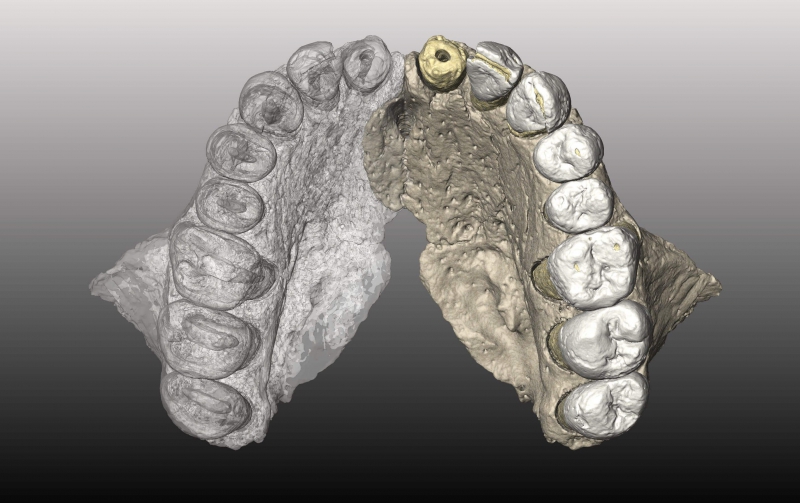
Archaeological findings in Denisova Cave, two admixtures in population of the Asian region and offspring of a Neanderthal mother and Denisovan father, Russia, 90,000 years ago
Scientists continue delving into Denisovan genome, with two seminal papers published in 2018. The first one posits that modern peoples inhabiting the Asian region have two Denisovan admixtures. It was also yet again proved that Denisovans themselves had some Neanderthal admixture in them.
The second one can even be singled out as more significant, and contains the decoding of the genome of a first-generation offspring of a Neanderthal mother and Denisovan father. The DNA that gave rise to the study was extracted from a small chunk of bone and pointed to a 50% Neanderthal, 50% Denisovan parentage. The Denisova cave findings is a colossal accomplishment that will define our research for decades ahead.
Oldest sapiens, Al Wusta, Saudi Arabia, 87,600 years ago
Consisting of a range of tools and a finger bone, the finding was announced before 2018, but it was last year that its full description was published. It’s hard to identify the age of the sapiens uncovered, and the earliest announcements suggested that the finger bone in question belonged to a Neanderthal hand. They still hypothesize that what they found is the oldest sapiens, though.
Panga ya Saidi, Kenya, a coastal forest dating back to the Toba eruption, 78,000 years ago
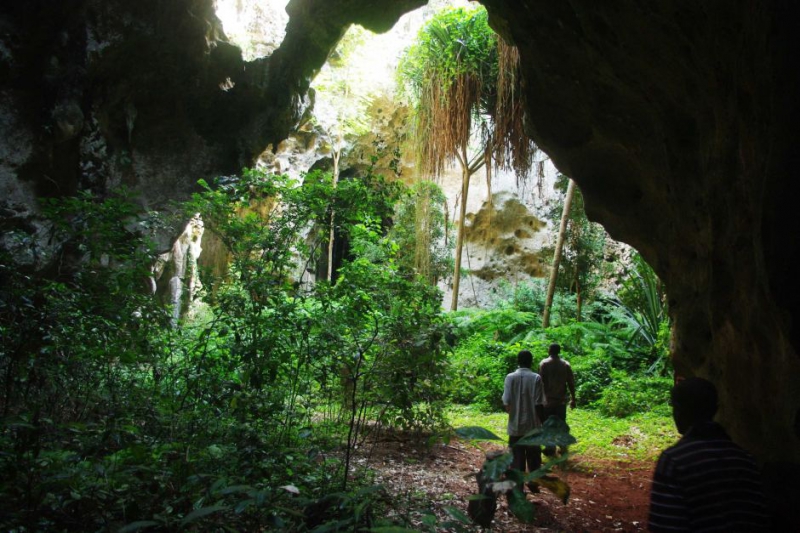
Around 80,000 years ago, there was a huge cataclysm shook the world to its core. We refer to the eruption of a supervolcano Toba, which forced the inhabitants of the Indian Ocean’s aquatory out of their territories and paved the way for the sapiens’ relocation to Eurasia, Australia, and America (before that, they lived in the Middle East, cheek by jowl with the Neanderthals). The Toba eruption also led to an ecological catastrophe. That eruption has long been a subject of scientific studies, but in 2018, scientists took a closer look of its repercussions for Eastern Africa, which proved to be large-scale.
Panga ya Saidi stores the oldest evidence that African forests were populated. What’s more, the study discovered that the Toba eruption brought about a significant drop in the number of temperatures, and, perhaps consequently, inhabitants and tools. This was an important milestone in the scientific debate of whether the eruption left any impact on the population of specific areas, including those in Africa.
Neanderthal paintings in the caves of Maltravieso, Ardales, la Pasiega, Spain, 66,700, 65,500, 64,800 years ago respectively
Hitherto seen as creatively-lacking, Neanderthals returned their good name in 2018, with an astonishing discovery of a range of paintings in three Spanish caves. The art forms in question include dots, geometric shapes, and drawings in their own right, all dating back to the Neanderthal era. These are the first such findings to date.
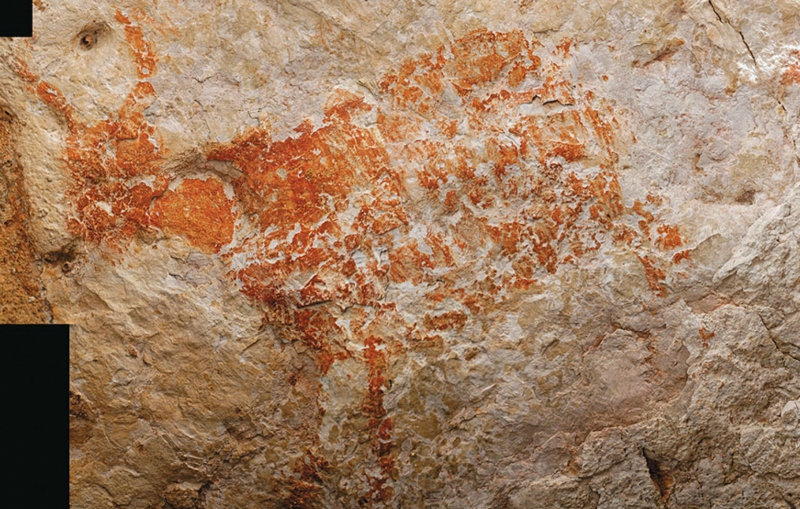
Oldest arrows in the Sibudu cave, South Africa, 61,700 years ago
The Sibudu cave is no stranger to archaeological excavations, but it was only in 2018 that the researchers unearthed the arrows dating back more than 60,000 years ago. This is a very interesting discovery as earlier findings led scientists to believe that arrows and bows emerged 10,000, in some places 20,000, years ago. The figure of 60,000 was never even mentioned.
Sapiens migration from Africa, MD-9509, 44-56,000 years ago
The Toba eruption cleared the way for the sapiens to head from Africa to other places, but a crucial question that puzzled generations of scientists was, when exactly did that happen? A study of pollen, including that from the floor of the Mediterranean sea, showed that the route that stretches from the Nile valley, and the Saharan Africa in general, to the Middle East emerged about 44-56,000 years ago. This marked the grand opening of this ecological corridor.
Oldest art in the cave of Lubang Jeriji Saléh, Borneo, 15,700-51,800 years ago
In the very heart of Indonesia lies the oldest sapiens art known to humankind. These are not just dots, but imprints of hands, depictions of people, and others. The study that described all of this refers to several local caves, but Lubang Jeriji Saléh is the most ancient. This is the earliest example of human creativity up to date.
Population of Tibet, Nwya Devu, China, 30-40,000 years ago
Before 2018, Tibet was seen as the blind spot of anthropology, being one of the least studied areas out there. It all changed in 2018, when a study was published tackling the population of Tibet by sapiens. Containing detailed accounts of tools excavated in the region, it puts forward that the high altitude adaptation of sapiens took place in the exact period described.
